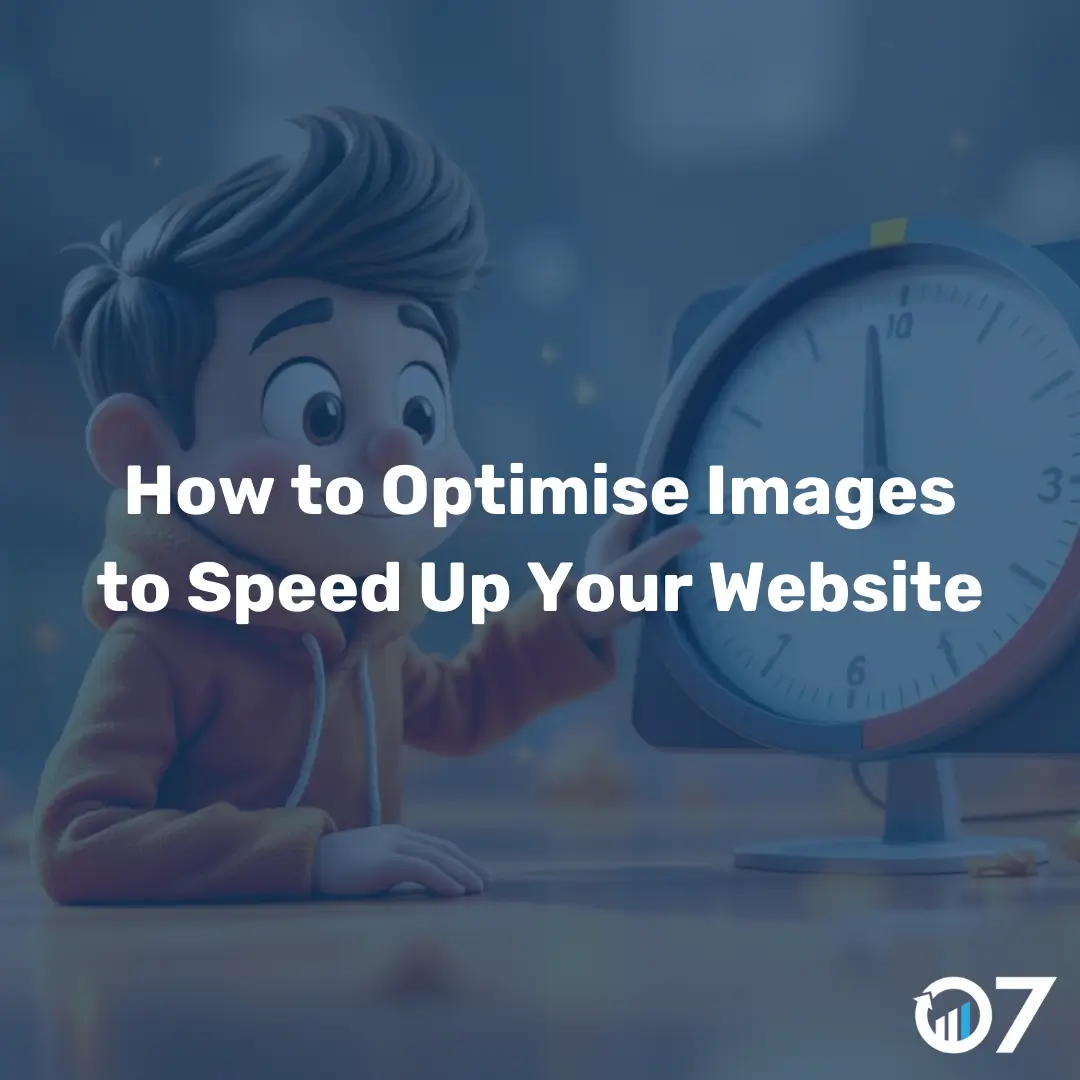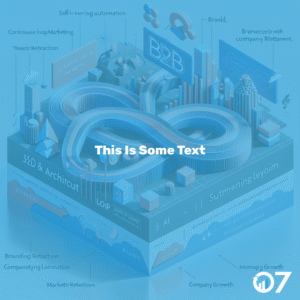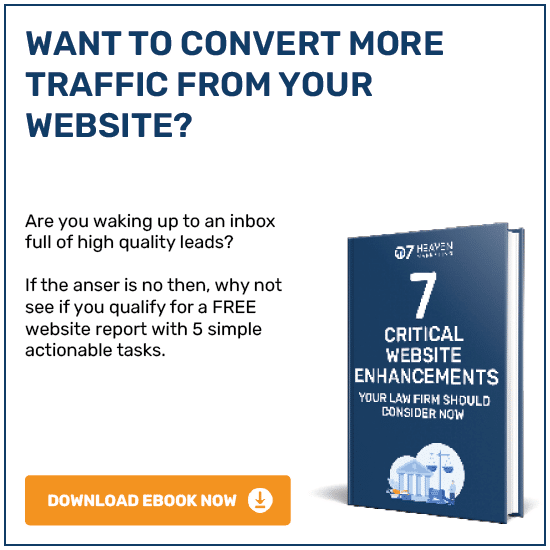How to optimise images can significantly speed up your website, improving user experience and search engine rankings. Read on to discover the steps you can take to make your website faster.
I recently ran a couple of speed tests on our website, and I was pleasantly surprised by the results. My site ranked pretty well, and one of the key factors was the well-optimised images I used. Let me share how you can achieve similar results.
Why Image Optimisation Matters
Images are crucial for engaging website visitors, but they can also slow down your site if not properly optimised. Slow-loading pages can frustrate users and negatively impact your search engine rankings. By optimising images, you can enhance your site’s speed and overall performance.
Improved User Experience
Fast-loading images contribute to a seamless user experience. Visitors are more likely to stay on your site and engage with your content if they don’t have to wait for images to load.
Better SEO
Search engines like Google prioritise fast-loading websites. Optimised images help improve your page load times, which can boost your search engine rankings.
Steps to Optimise Images
Choose the Right Format
Different image formats serve different purposes. JPEGs are great for photos, while PNGs are better for images with transparent backgrounds. Consider using modern formats like WebP for better compression and quality.
Compress Your Images
Compression reduces the file size of your images without sacrificing quality. Tools like TinyPNG and ImageOptim can help you compress images effectively.
Resize Images Appropriately
Ensure your images are not larger than necessary. Resize them to the exact dimensions needed for your website. This reduces the load time and saves bandwidth.
Use Image CDNs
Content Delivery Networks (CDNs) can serve your images from servers closer to your users, reducing load times. Services like Cloudflare and Imgix offer robust image CDN solutions.
Implement Lazy Loading
Lazy loading delays the loading of off-screen images until the user scrolls to them. This can significantly improve initial load times. Most modern web development frameworks support lazy loading natively.
Leverage Browser Caching
Browser caching stores image data locally in users’ browsers, reducing the need to re-download images on subsequent visits. Configure your server to set appropriate caching headers for images.
Tools and Plugins for Image Optimisation
Image Optimisation Plugins for WordPress
If you use WordPress, several plugins can automate image optimisation. Popular options include Smush, ShortPixel, and EWWW Image Optimiser.
Standalone Image Optimisation Tools
For non-WordPress sites, standalone tools like Adobe Photoshop, GIMP, and online services like Kraken.io can help you optimise images manually.
Monitoring and Testing
Regular Speed Tests
Regularly test your website’s speed using tools like Google PageSpeed Insights, GTmetrix, and Pingdom. These tools provide insights into how your images affect load times and offer optimisation suggestions.
Analyse User Behavior
Use analytics tools like Google Analytics to monitor user behavior. Look for patterns in bounce rates and page load times to identify areas for improvement.
Conclusion
Optimising images is a crucial step in speeding up your website and improving user experience. By following the steps outlined above, you can ensure your site loads quickly and efficiently. For more tips and insights, check out our blog or contact us via email at info@07hm.co.uk or telephone at 01702 410663.





